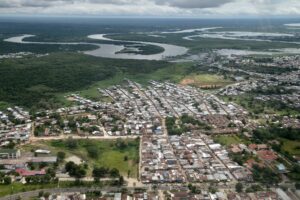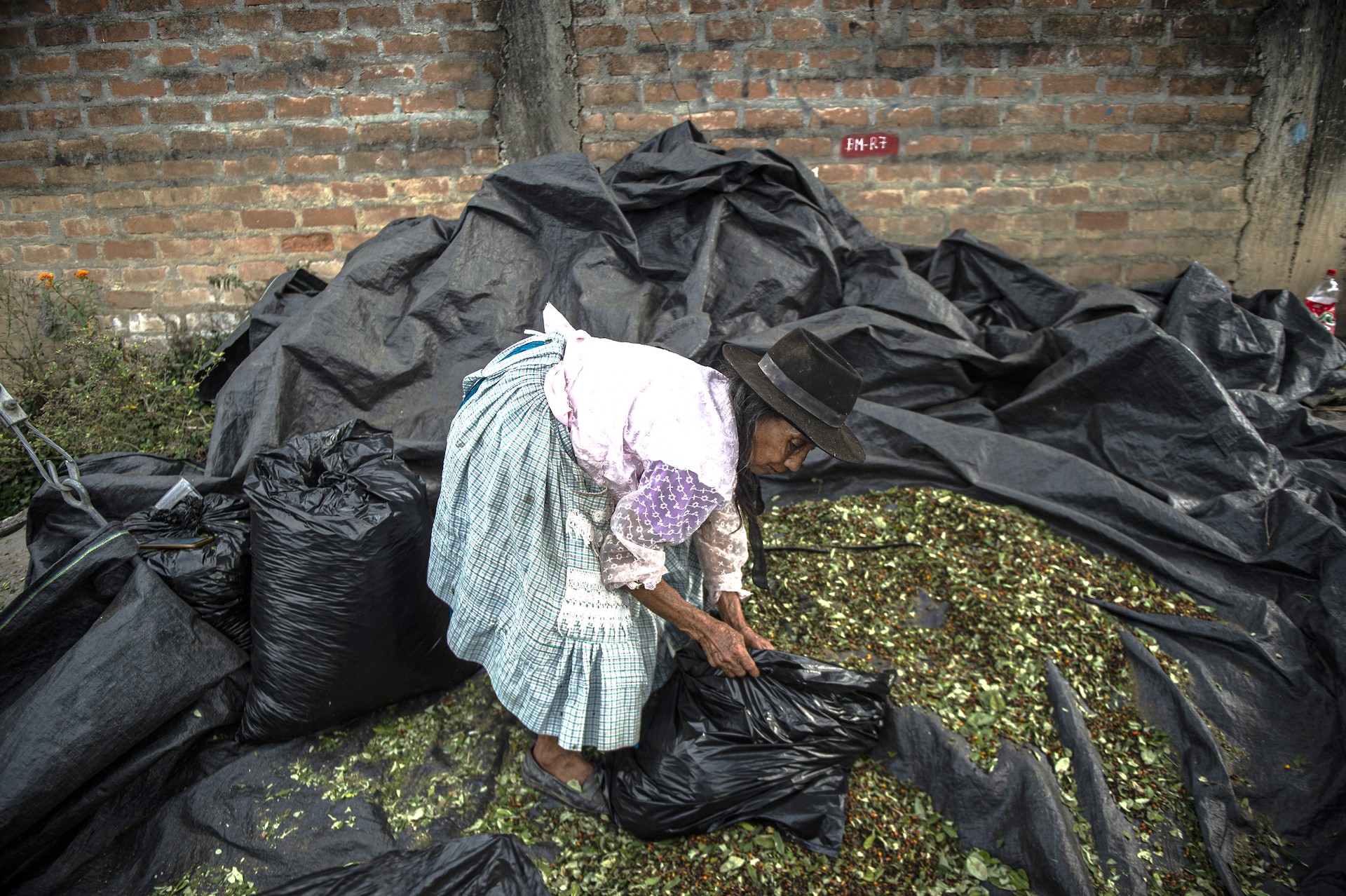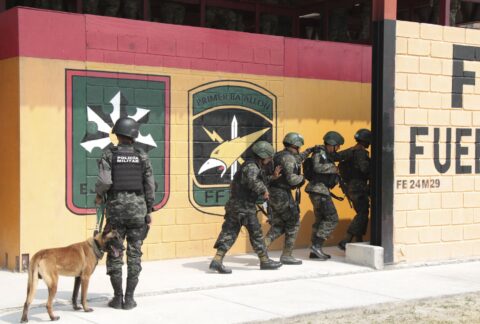The Amazon region of Peru, which borders Colombia, Brazil, Bolivia, and Ecuador is plagued by narcotrafficking, illegal mining, and environmental crime, increasing threats, fear, and loss of biodiversity, environmental journalism news site Mongabay, reported in early May.
“Many structural factors such as social vulnerability, the lack of presence of the state in the poorest areas of difficult access, and the link between narcotrafficking and a remnant of the Shining Path make narcotrafficking a difficult problem to eradicate,” Gonzalo Paredes, a security expert from Uruguay’s Center for Higher National Studies, told Diálogo on May 28. “Peru’s high jungle and mountains create areas difficult to access for the police and the military. Coca cultivation and cocaine production becomes the way of life in these vulnerable regions.”
Mongabay found that more than 46 indigenous communities, living in four of the Peruvian border territories, are increasingly affected by armed groups’ violence. In Alto Putumayo, on the border with Colombia, mining dredges seemingly cross the river in areas that lack checkpoints, contaminating water and fish.
As narcotrafficking advances into Peru’s indigenous territories, Colombian armed groups, who control the Putumayo River, restrict the movement of communities and force them to plant illicit crops, Mongabay continued. Illegal mining is also a serious problem for communities in Madre de Dios, on the border with Bolivia.
Illegal miners have also taken over the Palma Real stream in the Tambopata National Reserve. The growing presence of illegal mining threatens Awajún communities located on the banks of the Cenepa River. It is estimated that more than 60 dredges operate in the area.
In Ucayali, on the border with Brazil, indigenous people who have settled in the Yurua and Breu river basins face threats due to illegal hunting, fishing, logging, the invasion of foreigners, and narcotrafficking, Mongabay added. Criminal operations seemingly expand with total impunity along the borders between these four countries.

Threat and death
According to InSight Crime, an organization that studies organized crime in Latin America, as narcotrafficking expanded in the Peruvian Amazon in recent years, it became one of the main drivers behind the violence that afflicts indigenous peoples. Since 2019, nearly 20 leaders have been killed.
In 2021 alone, seven Amazonian indigenous people who denounced the increase in illegal coca crops and the advance of illegal miners and loggers in their territories were killed, Peruvian investigative news site Ojo Público reported.
In addition to these murders, many indigenous leaders and environmentalists live under threat in regions where narcotrafficking, logging, and illegal mining are advancing. The border between Huanaco, Ucayali, and Pasco is the most dangerous area for these leaders, Mongabay reported.
Illegal mining led to the deforestation of more than 3,680 hectares between 2019 and March 2022, Mongabay found.
Steady increase
Peruvian coca crops increased from 61,777 hectares in 2020 to 80,381 in 2022, Spanish news agency EFE reported.
In addition, illicit businesses of the so-called Neo Shining Path with Mexican drug cartels and dissidents of the Revolutionary Armed Forces of Colombia (FARC) have been flourishing. The VRAEM area has the highest levels of coca productivity in the country, the Defense Science and Research Magazine of Peru’s Center for Higher National Studies, indicated.
“From the Peruvian government’s viewpoint, there are strategic programs that have positive effects in the fight against narcotrafficking. But this government plan has to go beyond trying to destabilize narcotrafficking groups,” Paredes said.
“One of narcotrafficking’s greatest capabilities is the cockroach strategy. The insect is poisoned in one place and moves to another. It’s always escaping, looking for places to enter; this is how narcotrafficking groups operate, especially in jungle areas that are difficult to access,” Paredes added.
Cooperation against crime
Peru has the support of neighboring countries to counter organized crime on their common borders. Aside from the many operations carried out jointly, the border nations also conduct several training, including yearly exercise BRACOLPER in the rivers and tributaries of the Amazon forest to promote experience exchange among Peru, Brazil, and Colombia, and increase training in the fight against transnational crime. This year’s exercise will be the 48th edition.
Peru and the United States also have long history of collaboration in the fight against narcotrafficking. The United States provides training and capability building to Peruvian authorities involved in counternarcotics initiatives, supports manual coca eradication efforts, and encourages alternative crops, the U.S. State Department said. Together they finance coca eradication, interdiction, and alternative development efforts.
The United States also supports the Peruvian National Police on tactical operations, aviation, criminology, citizen security, and its capability to provide access to justice for the most vulnerable populations, including defenders of the rights of indigenous communities. It also contributes in the protection of the environment and curbing deforestation.









